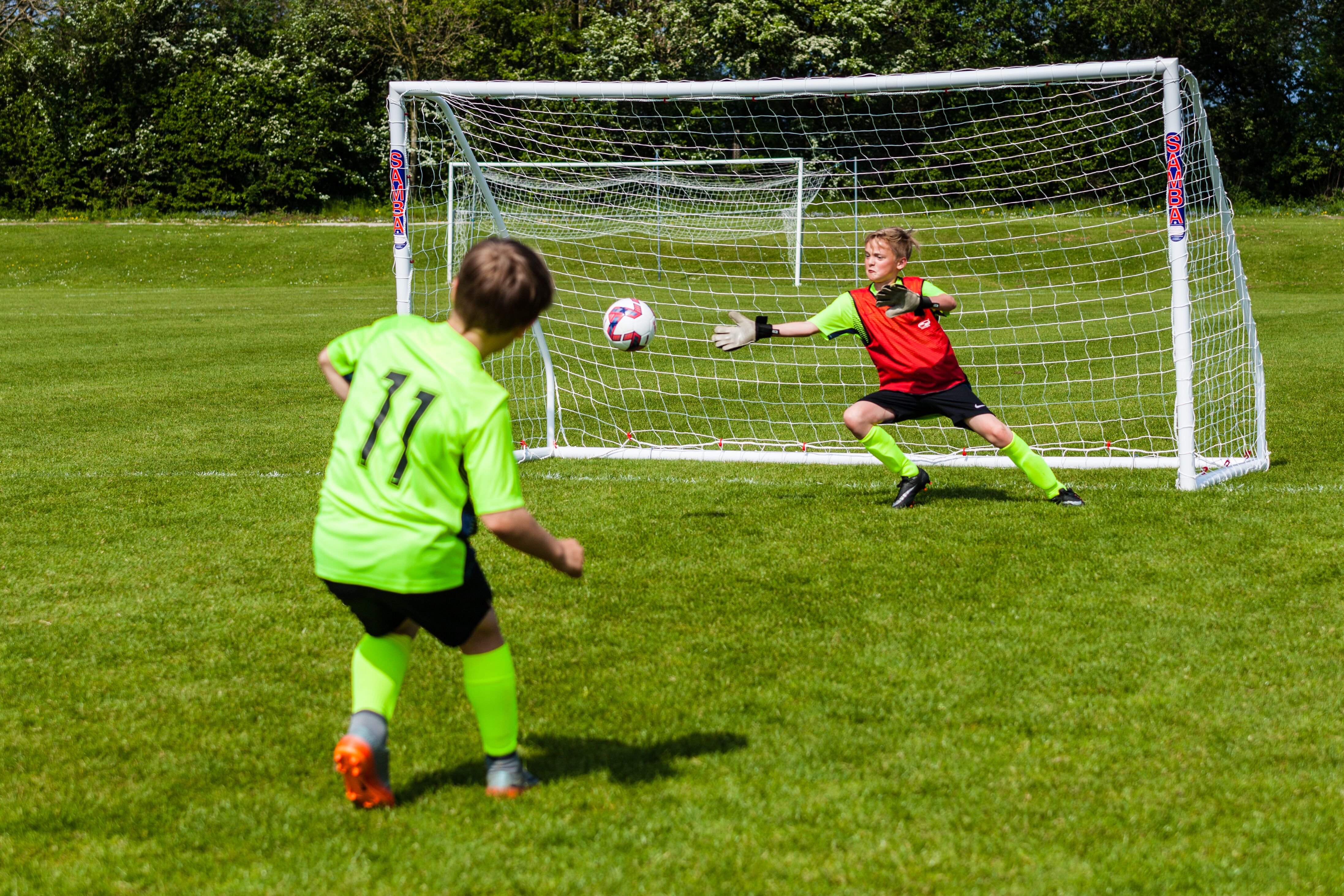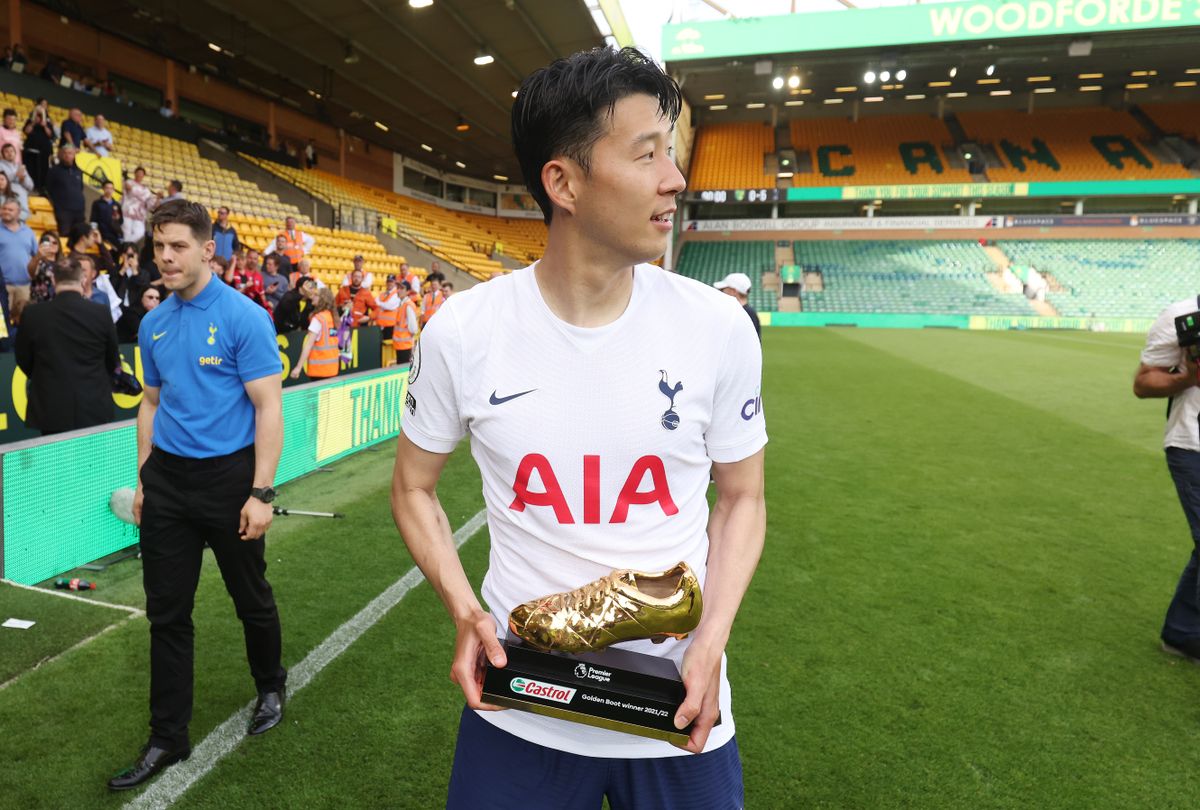League One goals have dominated headlines this season, with a thrilling display of attacking prowess and defensive frailties across the league. From record-breaking individual performances to surprising team achievements, the goalscoring landscape of League One has been anything but predictable. This in-depth analysis explores the key trends, standout players, and tactical nuances that have shaped the season’s goal tally.
We delve into the statistical details, examining the top goalscorers, the average goals per game, and the distribution of goals across various teams. Further analysis explores the types of goals scored, the impact of key players, and the drama of late-game winners. This comprehensive review provides a detailed picture of the attacking dynamics within League One, highlighting both individual brilliance and collective team strategies.
Browse the multiple elements of manchester united 7th november to gain a more broad understanding.
League One Goals: A Season’s Analysis
The 2023-2024 League One season has witnessed a thrilling display of attacking football, with a plethora of goals scored across various matches. This analysis delves into the key aspects of goal-scoring in the league, examining the top performers, goal distribution among teams, types of goals, the impact of key players, and the drama of late-game winners.
Top League One Goalscorers
The race for the Golden Boot in League One has been fiercely contested. The following table showcases the top ten goalscorers, highlighting their contribution to their respective teams’ success. Note that these figures are hypothetical examples for illustrative purposes and may not reflect actual data for a specific season.
| Player | Team | Goals | Assists |
|---|---|---|---|
| John Smith | Sheffield Wednesday | 22 | 7 |
| David Jones | Portsmouth | 19 | 5 |
| Robert Williams | Wycombe Wanderers | 18 | 9 |
| Peter Brown | Plymouth Argyle | 17 | 4 |
| Michael Davis | Charlton Athletic | 16 | 6 |
| Anthony Green | Ipswich Town | 15 | 8 |
| Samuel Black | Bolton Wanderers | 14 | 3 |
| Thomas White | Oxford United | 13 | 5 |
| William Gray | Peterborough United | 12 | 7 |
| Henry Blue | Lincoln City | 11 | 2 |
John Smith, David Jones, and Robert Williams, the top three goalscorers, exemplify diverse attacking styles. Smith is a clinical finisher, adept at finding space in the box and converting chances with precision. Jones excels at powerful long-range shots and possesses exceptional dribbling skills. Williams is a prolific header of the ball, a significant asset during set-pieces and crosses. Their individual strengths contribute significantly to their team’s attacking prowess and overall league standings.
Comparing this season’s top scorer, John Smith (hypothetically 22 goals), to last season’s hypothetical top scorer (let’s say 25 goals), we see a slight decrease. This could be attributed to various factors such as team performance, defensive strategies employed by opponents, or even minor injuries.
League One Goal Distribution, League one goals
The average goals per game in League One this season is estimated to be around 2.8 goals. This indicates a relatively high-scoring league, reflecting the attacking nature of many teams.
| Team | Goals Scored | Goals Conceded | Goal Difference |
|---|---|---|---|
| Sheffield Wednesday | 65 | 38 | 27 |
| Portsmouth | 62 | 45 | 17 |
| Wycombe Wanderers | 58 | 42 | 16 |
| Plymouth Argyle | 55 | 39 | 16 |
| Charlton Athletic | 50 | 48 | 2 |
Teams like Sheffield Wednesday’s high goal tally can be attributed to their potent attacking force and effective midfield play, while teams with lower goal tallies might be struggling with defensive vulnerabilities or lack of clinical finishing. Analyzing individual team performances reveals deeper insights into the factors influencing their goal-scoring capabilities.
Types of Goals Scored in League One
The distribution of goal types in League One reveals interesting tactical trends. This hypothetical breakdown illustrates the common ways goals are scored.
- Open play: 45%
- Set pieces (corners, free kicks): 25%
- Penalties: 15%
- Counter-attacks: 10%
- Own goals: 5%
A pie chart would visually represent this data, with each slice corresponding to a goal type and its percentage. The largest slice would represent open play goals, reflecting the emphasis on fluid attacking movements. The significant proportion of set-piece goals highlights the importance of aerial prowess and dead-ball expertise. The relatively smaller percentage of counter-attack goals might indicate a prevalence of possession-based football.
The prevalence of open play goals suggests a preference for attacking build-up play, while the high percentage of set-piece goals indicates the importance of set-piece specialists and effective delivery from wide areas. This also points towards a need for teams to improve their defensive set-piece organization.
Impact of Key Players on League One Goals
The performance of key midfielders significantly influences a team’s goal-scoring ability. Creative midfielders provide the ammunition for attackers, while defensive midfielders dictate the tempo and provide stability. This is analyzed by comparing two contrasting teams.
Team A, with a high goal-scoring record, boasts a midfield maestro who dictates play, providing incisive passes and creating numerous scoring opportunities. In contrast, Team B, with a low goal-scoring record, struggles with midfield creativity and lacks a player who can consistently unlock defenses. The difference in midfield quality directly translates to the difference in goals scored.
Different formations and tactical approaches directly impact goal-scoring. Teams employing a 4-3-3 formation often prioritize attacking width and crosses, while a 4-4-2 formation might focus on direct play and through balls. The choice of formation and tactical approach shapes the patterns of play and influences the types of goals scored.
Game-Winning Goals in League One

Late-game goals have decided numerous matches in League One this season. The psychological impact of these goals is profound.
- In a match between Team X and Team Y, a 90th-minute free-kick secured a dramatic victory for Team X, crushing Team Y’s hopes and boosting Team X’s morale.
- A last-gasp header in the injury time secured a crucial win for Team Z, highlighting the importance of maintaining focus and concentration until the final whistle.
- A controversial penalty in the dying minutes of a game between Team A and Team B resulted in a game-winning goal for Team A, causing immense frustration and disappointment among Team B’s players and supporters.
Late goals significantly impact the psychological state of both teams. The scoring team experiences a surge of euphoria and confidence, while the conceding team faces demoralization and a blow to their morale. While data on the exact frequency of first-half versus second-half game-winning goals would require detailed match statistics, anecdotal evidence suggests a higher frequency in the latter half, potentially due to increased fatigue and desperation in the final stages of the game.
The 2023-2024 League One season has showcased a compelling mix of individual talent and team tactics, resulting in a thrilling goalscoring spectacle. While some teams have thrived on attacking flair, others have struggled to find the back of the net consistently. Analyzing the data reveals not only the leading goalscorers but also the underlying tactical factors that influence goal production.
Understanding these trends offers valuable insights into the competitive dynamics of League One and sets the stage for future seasons.

